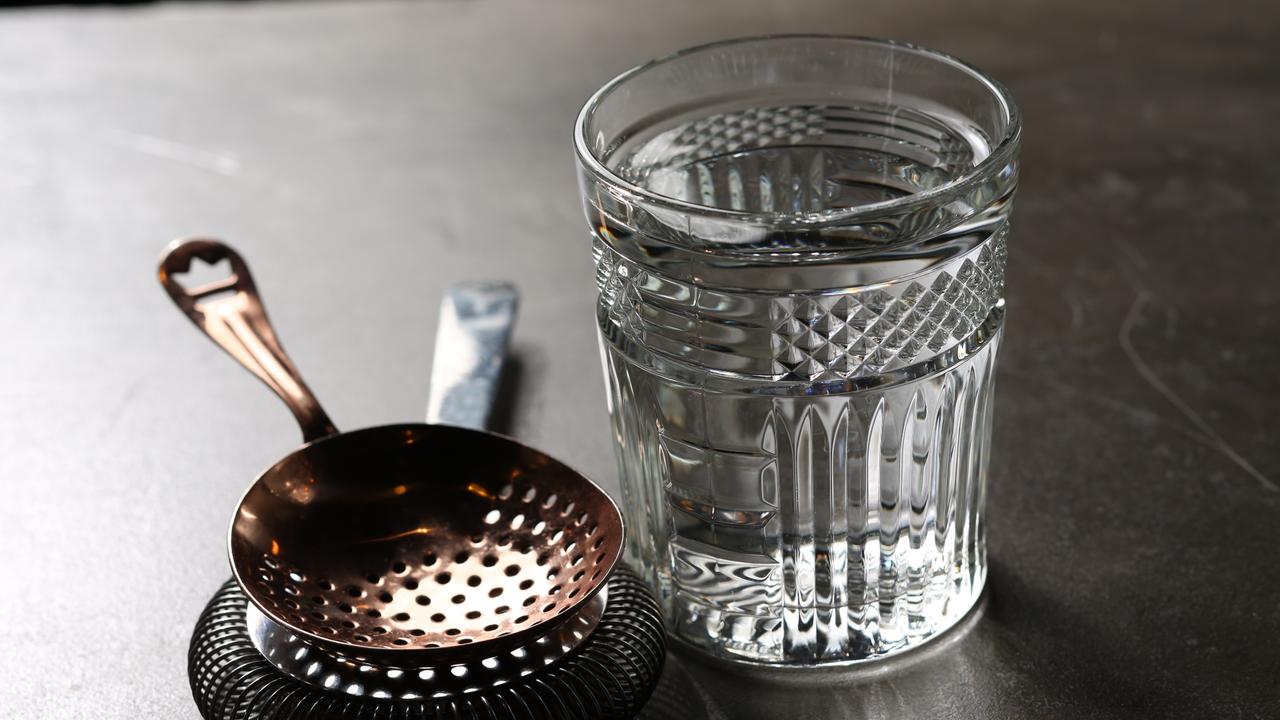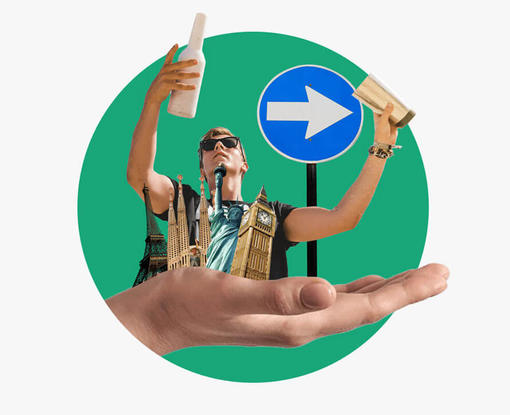Did you know that the Julep Strainer was the first ever cocktail strainer? Emerging when ice became a staple behind the bar, the Juleps were gracing bar-tops as early as the 19th century.
It started out as a product to aid drinkers when they were consuming drinks with crushed ice. But with the evolution of cocktail culture and the rise of other bar tools, it has been relegated to the backbar, gathering dust and rarely used by the average bartender. Nonetheless, it remains part of the bartender basics and must be learned.
How to use a Julep Strainer
Using the Julep Strainer requires no special skill or knowledge unlike some other bar tools, however technique is critical to stop one from embarrassing themselves while straining cocktails. The technique only requires a firm hold, ensuring that the angled strainer is touching the other side of glass where the liquid is poured from. The firm pressure is required to ensure that the strainer doesn’t slip from your finger and allow an avalanche of ice to spill into the glass or, even worse, your mouth. Simple!
Appearance of a Julep Strainer
The Julep Strainer looks like an oversized, deep-lipped spoon with a short stubby handle, and it fits angularly and snuggly inside a standard pint glass. It's unlikely to be used with a Boston cocktail shaker. It is perforated with small holes to allow liquid, but not slivers of ice, to slip through it. This is its appearance nowadays, but this has evolved slightly over time, as have the drinking vessels that we use it with. With regards to its use and appearance, it's completely different to that of the other two bar tools: the Hawthorne Strainer and fine mesh strainer.
3 Elements of a Julep Strainer
If you’re looking to purchase a Julep Strainer, either for your home bar or for a working bar, there are three main design and functionality factors to consider; although it is rare for designs to deviate from today’s standard which is described above. First and foremost though, Julep Strainers are always made of metal. Don’t consider one in any other material; metal is easier to clean and easier to work with when used alongside glass and metal shakers.
1. Handle
More often than not the Julep Strainer will have a short stubby handle rather than a long one like a real spoon. Although longer ones can be bought and used, many prefer the shorter handled versions for ease of use.
Back in the day, Julep Strainers were commonly found with large indents in their handles and these were intended for hooking over the rim of the drinkers glass to help hold them in place whilst drinking through them. Because this is such an uncommon practice nowadays - with the strainer more commonly used by the bartender and not the drinker - this style of strainer is much less in demand and therefore much harder to find.
2. Scalloped or Oval
Oval strainers create a much snugger fit with the standard pint glass than scalloped strainers. That being said, the edges of scalloped strainers provide small spaces for liquid to flow freely; especially when we’re concerned with the tail-end of a beverage. Choosing either is often down to personal preference.
3. Hole Size
This is pretty much uniform across the board. However, it is good to note that some Julep Strainers can have smaller holes whilst others can have larger and fewer holes.
Just think that fewer, smaller holes have less chance of allowing any shards of ice to pass through.
Julep Strainer history
The Julep Strainer was the first purpose-built cocktail strainer. Before the Julep Strainer, bartenders were using tea strainers, slotted spoons and a myriad of other non-purpose tools which then evolved into the Julep Strainer; the first cocktail designated strainer. The Julep Strainer was originally called an “ice scoop” and it wasn’t until later that the term “strainer” gained popularity.
This strainer was originally intended to be used by the drinker, not the bartender! The drinker would use the strainer to hold back the ice in their drink whilst they took a sip, especially when drinking beverages made with crushed ice. This, coupled with the popularity of the beard during the mid-to-late 19th century, made the Julep Strainer a very popular accessory, so popular that they even became common wedding and birthday gifts!
Common cocktails using a Julep Strainer
Both bartenders and cocktail drinkers use the Julep Strainer, but what they do with them can vary quite drastically.
Uses as a Bartender - Although using the Julep Strainer is a lost art, bartenders can use it to strain stirred cocktails like the Manhattan, Rob Roy, Sazerac or a classic Negroni. Although it is now hardly used, it is always useful to have one on your bar, even if it is only used as a backup for your Hawthorne Strainer.
Uses as a Drinker - If you work in a chic establishment where you’re going to be providing clients with strainers, or you just fancy using one to drink with at home, you'll need a cocktail with crushed ice - and the most popular include the Mint Julep and the Whiskey Smash.
If you want to know about the art of making cocktails, try our bartending course - where you'll learn how to master 66 of them!

